How the last was taken away from the peasants. Food brigades.
“Of course, the starving masses are tired, sometimes this fatigue is superhumanly great, but there is a way out, and an upsurge of energy is still certainly possible… Every organisation of the Party, every trade union, every group of workers who are professionally organised or even unorganised but who have a desire to ‘fight’ against hunger — that every group of Soviet workers and citizens in general should set itself the question: What can we do to expand and strengthen the nationwide campaign against hunger?…
V. I. Lenin’s Special Appeal “Everyone to Work on Food and Transport!”, January 26, 1919
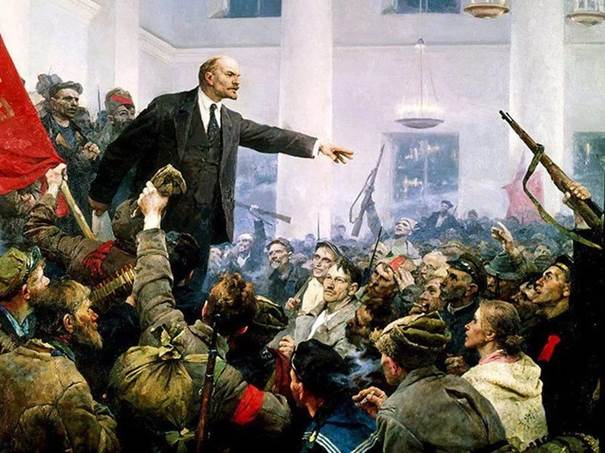
V. I. Lenin communicates with the workers
The food brigades existed for only four years, and were abolished only with the introduction of the New Economic Policy. But during their existence, these detachments became a real nightmare both for the “kulaks” and for the practically impoverished peasants.
In 1917, the first food brigades were formed in Moscow and Petrograd, but over time they also appeared in large industrial centers. In May 1918, the Council of People’s Commissars issued a decree “On the Mobilization of Workers to Fight Hunger” and a decree of the All-Russian Central Executive Committee “On the Introduction of a Food Dictatorship”: food brigades were exiled to the villages, primarily in the grain provinces. They were armed men who were engaged in the seizure of bread, and later meat and other products, from poor peasants and kulaks.
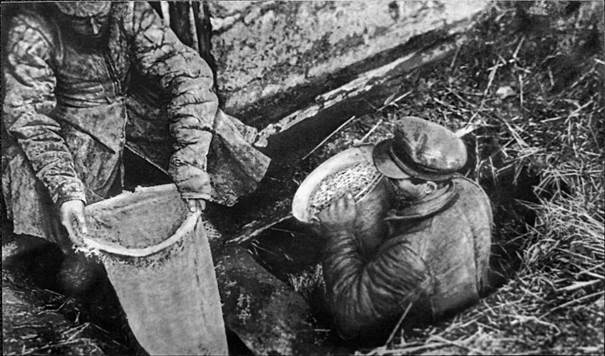
Hidden grain is taken from the kulak
Everything taken away was called “surplus“: half went to the enterprise or organization from which the food brigade was sent, the other half went to the People’s Commissariat of Food of the RSFSR. By the way, Mikhail Sholokhov was closely connected with the activity of food brigades in his youth, and his early stories are about this. Another Russian writer who devoted his life to the cause of the revolution from a young age, as we remember, was Arkady Gaidar.
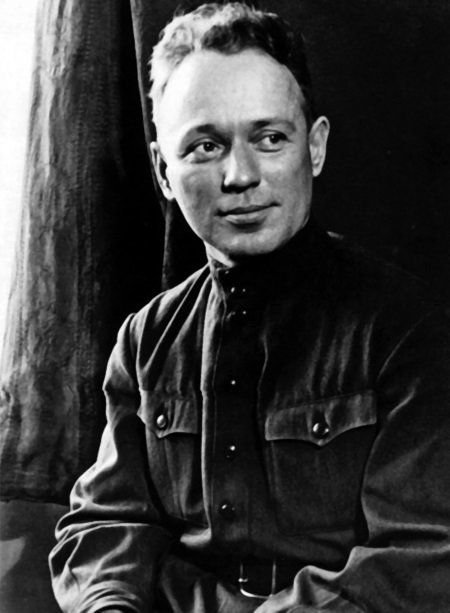
Mikhail Sholokhov
In January 1919, the government introduced the surplus-appropriation system. For concealing the “surplus”, the accused could be sentenced to ten years with confiscation, and hostages were often taken. At this time, the number of food brigades increased dramatically. If in November 1918 there were 42,000 people, then by 1920 this number had increased to 62,000. But there were 20,000 people in the Food Bureau. The core of the detachments was made up of soldiers, workers and sailors. Although at different times the number of members of the food brigades decreased and then increased (the Civil War was going on in the country, and many were mobilized), the activities of the food brigades played an almost decisive role in the victory of the Red Army. With a severe shortage of bread for the workers and a rationing system, the soldiers had everything. And this is despite the fact that for quite a long time the “Whites” controlled the main granaries of the RSFSR – Ukraine and the Don.
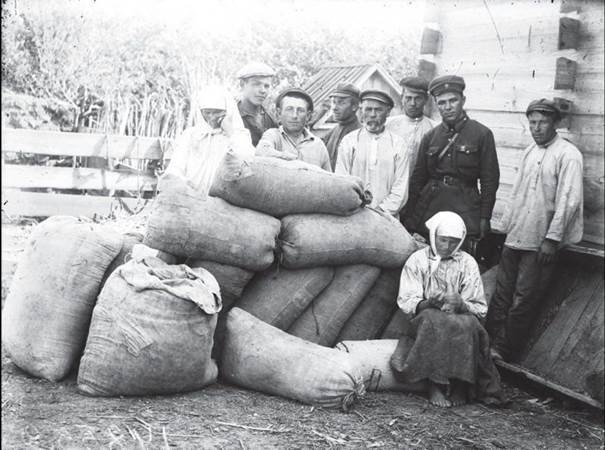
Dekulakization of peasants
A difficult situation was developing on the southern borders. The harvest of 1919 was quite rich, so the best forces of the food detachments were thrown there. The local Cossacks responded with a tough rebuff, and soon the White Guards launched a large-scale offensive. The food brigades had to fight desertion and gangs.
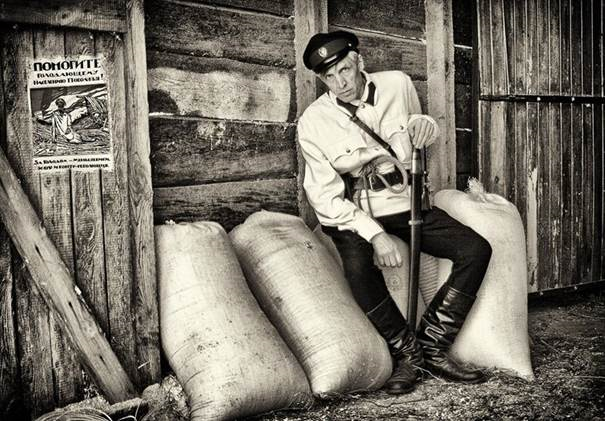
Talking Photo
One of the features of the New Economic Policy was the replacement of the surplus-appropriation system with a tax in kind, and in 1921 there was no longer a need for food brigades. But the forcible seizure of grain by local officials was practiced for quite a long time, up to the post-war famine in the Kuban, when the chairmen of collective farms explained the overfulfillment of norms by the desire of the peasants to throw all their forces and resources into the restoration of the country. Needless to say, the villages suffered enormous damage.
